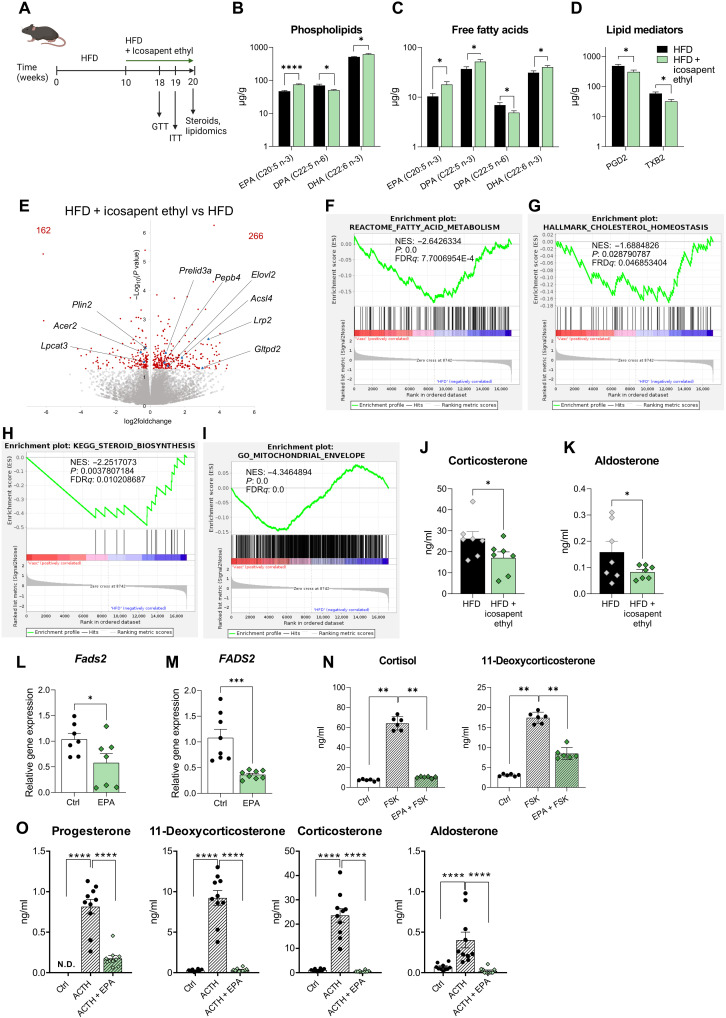Fig. 5. Dietary supplementation with icosapent ethyl reduces corticoid levels in obese mice.
(A) Schematic representation of the experimental setup. (B to D) Acyl chains of phospholipids (B), FFA (C), and lipid mediators (D) were measured by HPLC-MS in the adrenal glands of mice fed a HFD with or without icosapent ethyl (n = 7 mice per group). (E) Volcano plot based on RNA-seq data in the adrenal cortex of mice, which received HFD supplemented with icosapent ethyl versus mice fed a HFD without icosapent ethyl (n = 4 mice per group). (F to I) GSEA analysis for genes related to fatty acid metabolism, cholesterol homeostasis, steroid biosynthesis, and mitochondrial envelope formation (n = 4 mice per group). (J and K) Corticosterone and aldosterone plasma levels in mice, which received HFD without and with icosapent ethyl, measured by LC-MS/MS (n = 7 mice per group). (L and M) Primary CD31−CD45− adrenocortical cells (L) and NCI-H295R cells (M) were treated with 66 μM EPA for 18 or 48 hours, respectively, and Fads2 expression was determined by qPCR using 18S expression as a housekeeping gene [n = 7 in (L) and n = 8 in (M)]. (N) NCI-H295R cells were treated for 48 hours with 66 μM EPA and stimulated or not with forskolin (FSK;1 μM) in the last 24 hours. Steroids were measured in the culture supernatant by LC-MS/MS (n = 6). (O) Primary adrenocortical cells were treated for 18 hours with 66 μM EPA and stimulated or not with ACTH (10 ng/ml). Steroids were measured in the culture supernatant by LC-MS/MS (n = 10). Data in (B) to (D) and (L) and (M) are presented as mean ± SEM, data in (N) and (O) as mean ± SD. *P < 0.05; **P < 0.01; ***P < 0.001; ****P < 0.0001. N.D., not determined.

